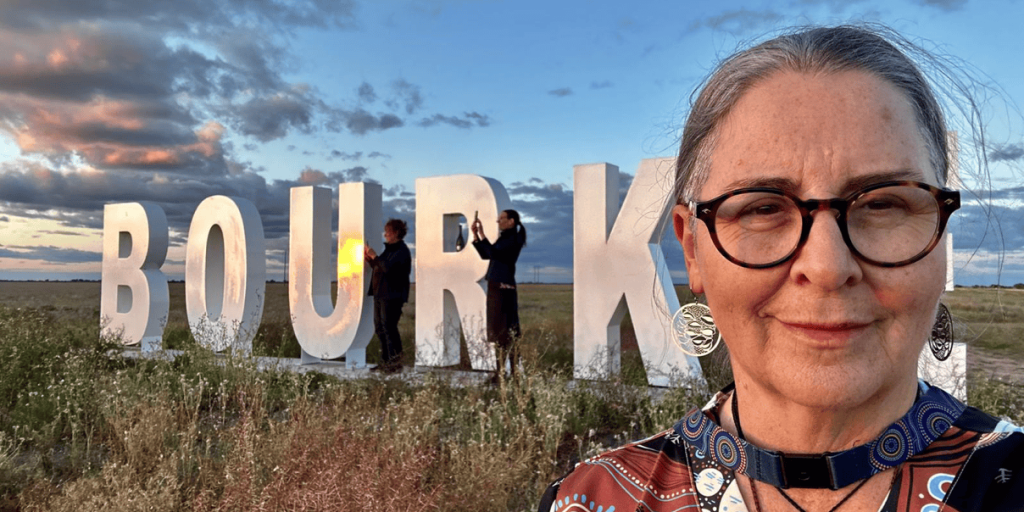March 22, 2025
A guide to Australia’s rural GP incentive & grant programs
Thinking about working rurally as a GP in Australia? From a career point of view it could be quite lucrative, with incentives of up to $110,500 per annum available – assuming you meet 100% of the eligibility requirements.
Doctors working permanently or as locums in MM 3-7 locations have access to three incentive and grant programs, designed to encourage skilled medical professionals to move to these areas and help in-need communities, while continuing to push their career, maintain professional development and earn a good income.
So, what do you need to know about these programs? Today we’re going to give you quick rundown of the…
- Workforce Incentive Program (WIP) Doctor Stream
- WIP – Rural Advanced Skills Stream
- Rural Procedural Grants Program (RPGP)
What you need to know about the WIP – Doctor Stream
What is the WIP – Doctor Stream?
The WIP – Doctor Stream has been built to promote careers in rural medicine by giving doctors a financial incentive to practice in Australia’s more remote communities. It uses two systems to assess and pay these incentives, which are:
- Central Payment System (CPS) – an incentive for services claimed to Medicare, fully managed by the Department of Health/Medicare.
- Flexible Payment System (FPS) – an incentive for services which may not be caught by Medicare claims, managed by your state rural workforce agency.
GPs who receive a CPS payment may also be eligible for a ‘top-up’ FPS payment, depending on their situation.
Learn more: Full eligibility criteria
How much money can you receive?
Doctors in this incentive program can receive payments of between $3,600 and $60,000 per year, depending on factors like:
- Activity levels
- Location
- Length of time in the program
- Vocational registration status
Note: Non-vocationally registered doctors who are not on approved training pathways can still receive payments, amounting to 80% of the value.
Key things to know about the WIP – Doctor Stream
- This stream favours more remote regions. Work in MM 7 is the highest rewarded, and if you don’t reach the maximum threshold in these areas, the automated system goes on to see if you have any claims from MM 6 and so on until the threshold is met. If you don’t meet the minimum, you are not eligible that quarter.
- Trying to earn your first payment? You will need to be eligible for payments from MM 6 and 7 regions in four consecutive quarters. This will then increase every other year until you have provided services for five years.
- You must register your bank details in HPOS. When you become eligible for your first WIP payment, you will receive a letter from Medicare through your HPOS inbox – this can take a few weeks to arrive. This letter will request your personal bank details within 60 days, or else you can’t receive payments.
-
- Note: You cannot pre-emptively add your bank details for WIP payments. You must become eligible first, then wait to receive your letter. Then the appropriate section will appear in HPOS to be filled out.
- Remember this is still income. You will need to declare it for tax purposes.
What you need to know about the WIP – Rural Advanced Skills Stream
This program is for GPs and rural generalists with specialist qualifications and advanced skills working in regional, rural and remote communities. It also consists of two payment streams, which are:
- Emergency Medicine – a payment for doctors providing emergency care and emergency after hours services in eligible locations.
- Advanced Skills – payments for doctors who hold recognised qualifications in advanced skills, such as obstetrics, anaesthetics, surgery, mental health and/or First Nations Health.
Doctors can be eligible for both streams if they meet all the relevant criteria.
Learn more: Full eligibility criteria
How much money can you receive?
In both streams, payments range from $4,000 up to $10,500 per annum.
Payments are scaled to encourage service delivery in more remote areas, and are based on the type of work you do in those locations.
Key things to know about the WIP – Rural Advanced Skills Stream
- You have to meet two types of eligibility criteria. The first is a certain amount of general practice “rosters” (define as one lot of four or more hours within a 24-hour period), and second is a certain number of advanced skills rosters of the same duration.
-
- Note: You can claim two separate types of rosters within the same period, but not two of the same type.
- This program does not follow quarters. It follows a 12-month period, starting on your nominated date. This is important, as at time of writing funding has only been promised for 2023, 2024 and 2025 (you can claim retrospectively). If you nominate a date later than January 1, 2023, you’ll be well into 2024 before your second period starts, then well into 2025 for your third period – if funding stops, you may end up ineligible this year due to not having enough rosters.
- Don’t forget to get evidence. You may need to ask your employer if they can provide documentation which includes your work details.
What you need to know about the Rural Procedural Grants Program (RPGP)
This final program is meant to cover the professional development costs of procedural GPs working in rural and remote areas. It’s managed by both ACCRM and RACGP, but you can only apply to be registered with one of the colleges.
As before, there are two payment streams here, including:
- Emergency – a payment for GPs practising emergency medicine (including mental health services).
- Procedural – a payment for GPs with advanced skills practising in surgery, anaesthetics and/or obstetrics.
Learn more: Full eligibility criteria
How much money can you get?
GPs practising emergency services can claim up to a cap of $6,000 each financial year, which can be provided for three days of face-to-face training or online training, plus three additional days of emergency mental health training.
Those in the procedural payments stream can earn up to $20,000 per financial year, including up to 10 days of face-to-face or online training.
Key things to know about the RPGP
- This program is based on financial years, not quarters or nominated years like the WIP.
- Locums must undertake a minimum of 28 days of locum work to be eligible. This must be performed within MM 3-7 locations. Learn more about becoming a locum doctor here.
- You can’t claim costs before you have registered. But, once your registration is successful, you can make retrospective claims in future financial years.
Need advice on taking the next step in your doctor career?
We can help.
At DNA Healthcare, we find secure, relevant opportunities for Australian doctors which suit their skills, career stage and personal goals. Our team is highly experienced in the medical landscape, and works with all levels and specialties at more than 9,000 organisations across the country.
To take the next step in your career, learn more about how we help Australian doctors or contact us for a chat.





